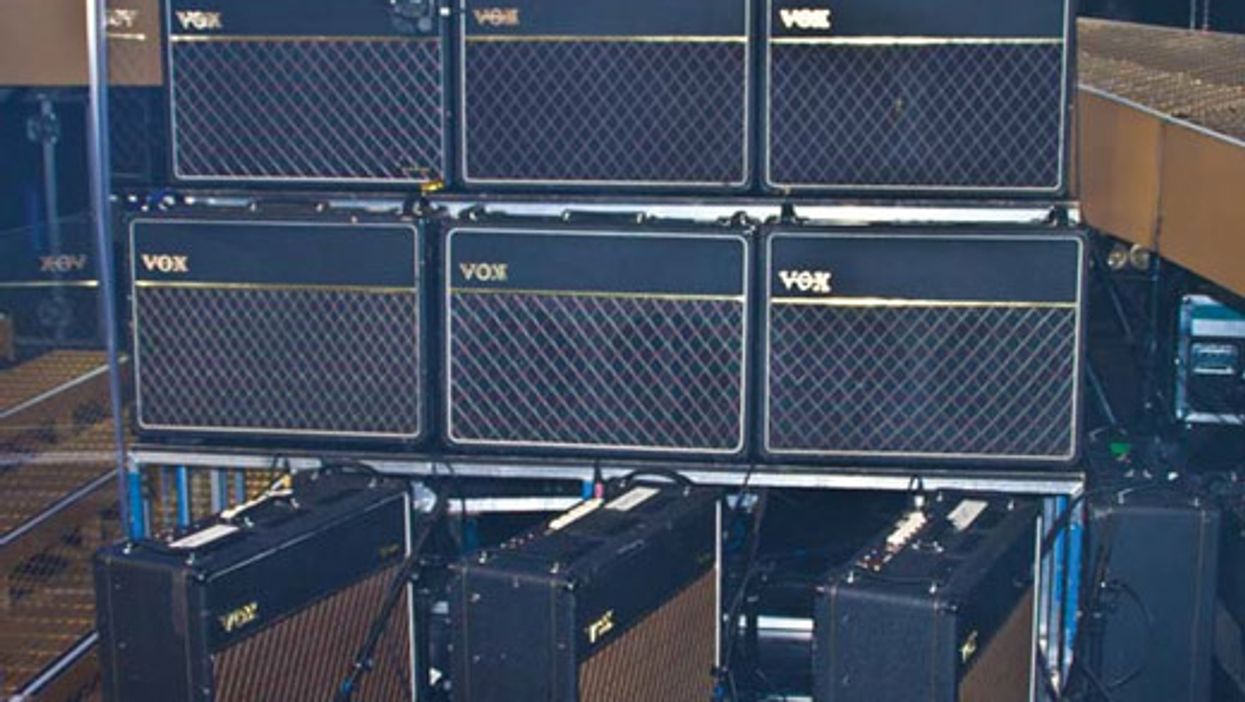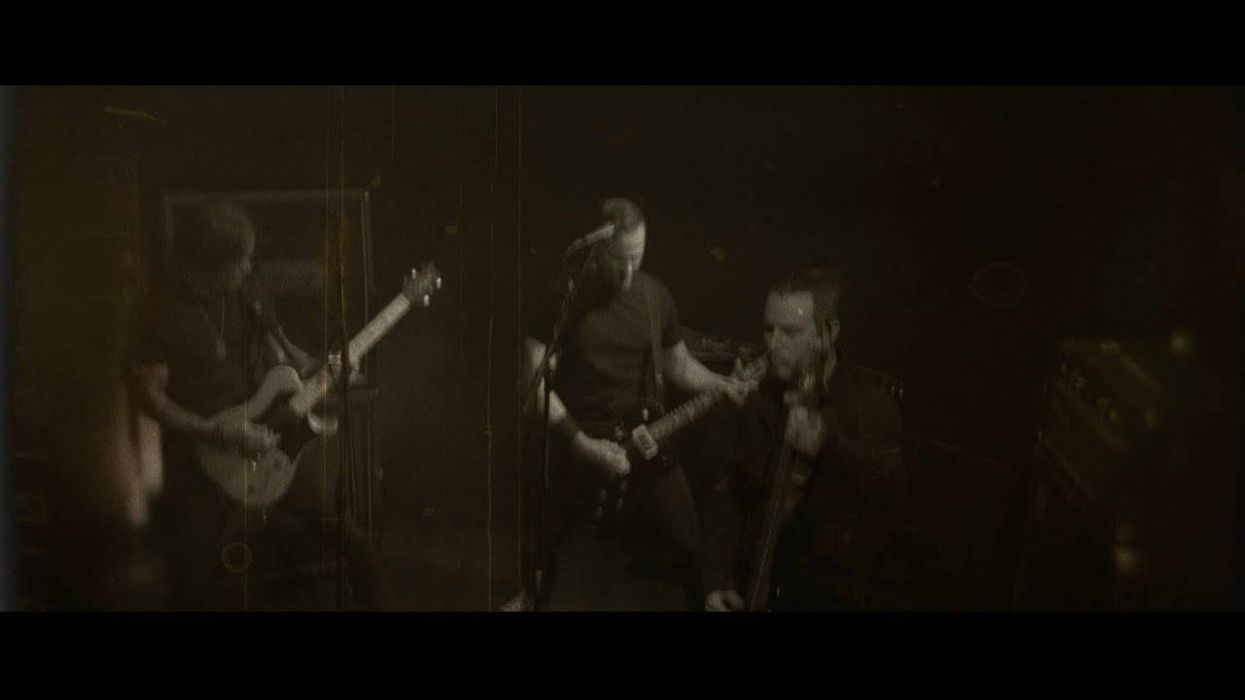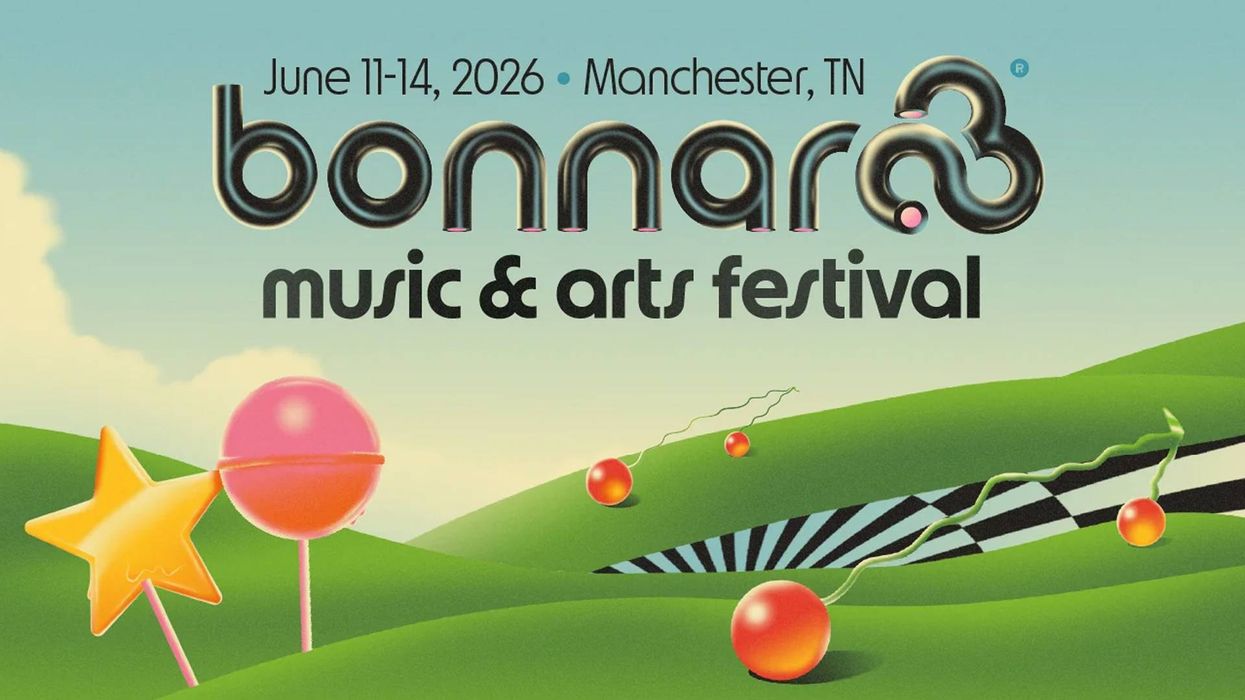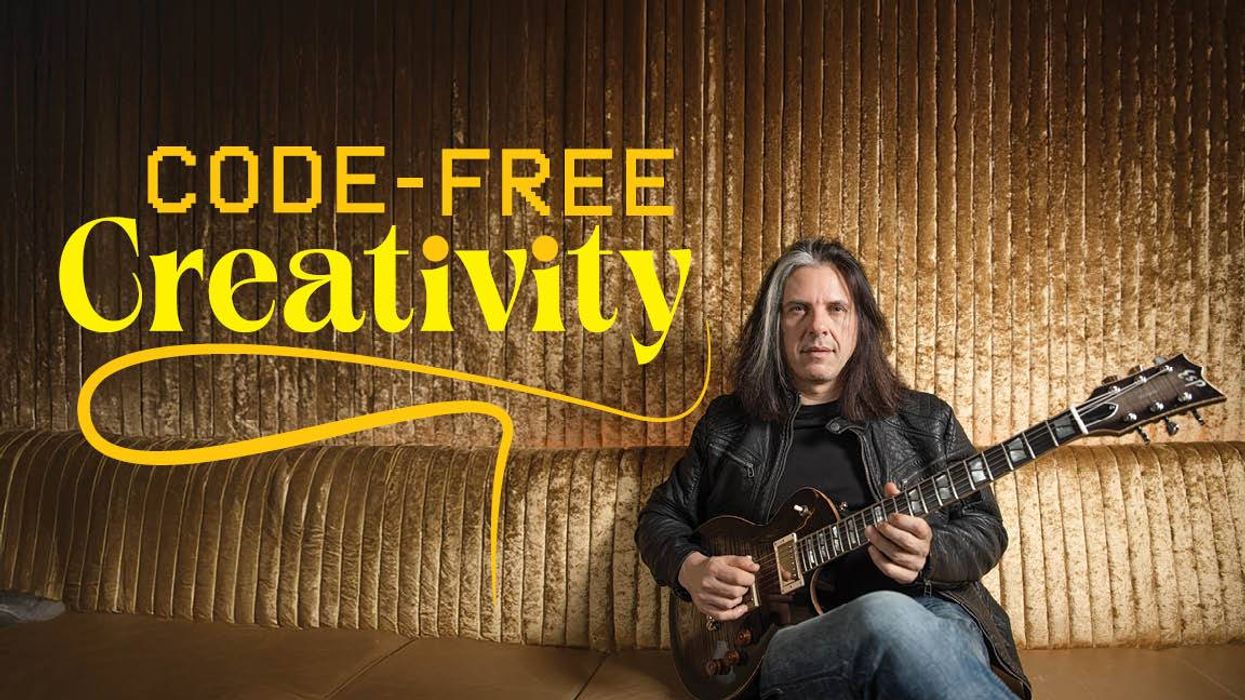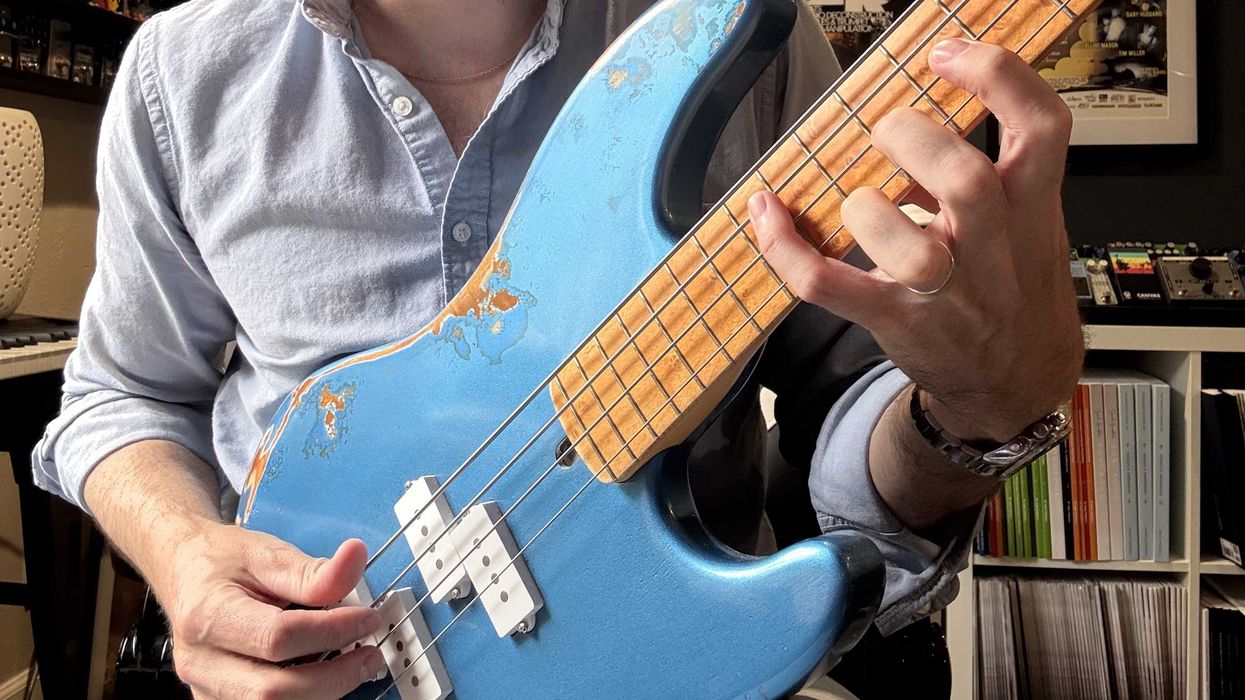A recent comment on one of my YouTube videos really got me thinking. The video I'd produced was about how to, in my opinion, use an Ibanez Tube Screamer “correctly." Anything goes in music and art, of course, but a Tube Screamer tends to shine when you crank up an amp, get it cooking a bit, and then hit the amp hard with the pedal's output cranked and the gain and tone fairly low. This creates a great blend of amp drive and mid-forward pedal clean boost with some overdrive.
The aforementioned viewer, however, feels differently: “If you're going to jam in a band, you have to adjust your volume to blend well with the rest of the instruments. You can't just increase your amp volume to a certain level just to get the tone you want out of a pedal. Why not just change the sound of the amp (crank up the gain instead of the volume on a Marshall JCM2000, for example)? " This month, I'm going to discuss why I think this line of thinking is a slippery slope.
Experimentation is key. Let's go back to the birth of rock guitar for a minute, when experimentation was the key to innovation. In the relatively short span from the mid 1950s to the late 1960s, we went from the first solidbody electric guitars and small combo amps to Jimi Hendrix with fuzz pedals and a wah pumped through a wall of very loud Marshall stacks.
To some extent, I feel we take the music that resulted from Jimi's experimentation and sheer boldness for granted now. But Jimi could not have made the music he made without the tools he chose and, most importantly, the way he chose to use them. That primal, visceral tone of his created a figurative and literal feedback loop, allowing Jimi to take the guitar to places no one had ever imagined possible. Imagine if someone had insisted that Jimi “turn down." Even scarier, imagine if he'd listened.
The era of bold. After Jimi came players like Brian May. Brian developed one of the most unique and expressive tones in rock 'n' roll by using a homemade guitar, a treble booster, and a Vox AC30 amp. That AC30? The volume was dimed, as in on 10. Then a few years later comes Edward Van Halen, whose playing and tone absolutely set the world of guitar on fire. His tools of choice? A homemade guitar, a few simple pedals, and a Marshall plexi. And you guessed it (if you're seeing the pattern here). Everything was cranked up to 10.
being on par with [gulp] synthesizers?
Trends in gear and music. There have been more than a few recent articles about the decline of the guitar in popular music, and how rock 'n' roll isn't the cultural force it once was. Yet we live in an unprecedented era when it comes to guitar equipment! Every day it seems I hear about the release of a new effect pedal, guitar, plug-in, or amplifier. The equipment is there and just waiting for us guitarists to use it. Maybe what's missing is that boldness that guitarists like Jimi, Brian, and Eddie had. In a world of bare stages, in-ear monitors, and digital modelers mimicking the raw tube-amp tones of yore, is it possible that the guitar has been neutered to the point of being on par with [gulp] synthesizers?
The future. This is food for thought for young up-and-coming guitarists, but I'm not advocating for sheer volume just for volume's sake. I'll use the band Gov't Mule, who I've had the good fortune of jamming with on a few occasions, as an example. Warren Haynes uses 100-watt Soldano amps, and their bassist, Jorgen Carlsson, uses both an SVT and a Category 5 Marshall Major-style 200-watt amp at the same time. There are two Leslie cabs onstage—one on either side—for the Hammond organ. And yet, because they play so dynamically, their stage sound is extremely controlled, but positively explosive when they want it to be. This allows the band to take their audience on a sonic journey by using their powerful gear and tones as a conduit for expression.
The guitarists I've mentioned share some important traits. They play/played dynamically with flawless musicality and technique. Assaulting listeners with a deafening tone is never a good idea. But developing and honing your musical skills in conjunction with a bold, unique sound is a recipe for guitar greatness. I encourage you to find your voice on the instrument and to never be afraid of experimenting with the tools available to you.
Having said that, I've written plenty about “keeping it simple." It's crucial to balance experimentation while not getting overwhelmed chasing the latest and greatest gear. What's important is to develop a style in combination with a unique, expressive tone. When your parents are out, crank that amp. Mess with your pedals and use the knobs and the pickup switch on your guitar. See what happens! And then go use your bold tones within a band context. Think of players like Jimi, Brian May, EVH, Tom Morello, and Matt Bellamy. Talent that's coupled with experimentation, boldness, originality, and hard work is what it takes to become a player that makes the kind of musical impact these guys did. Who knows? You could be next.
Until next month, I wish you good tone!
